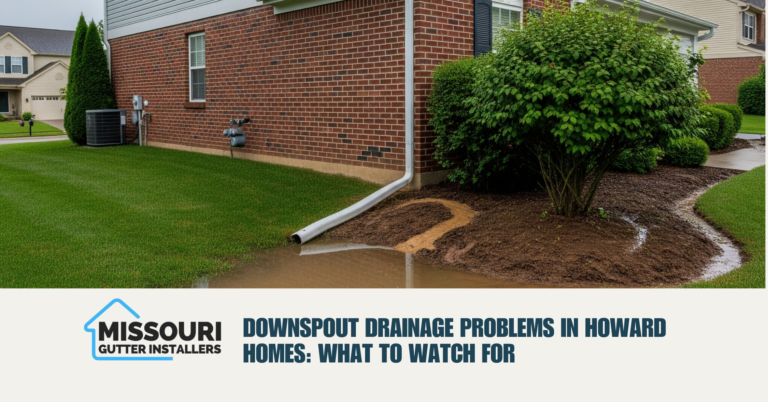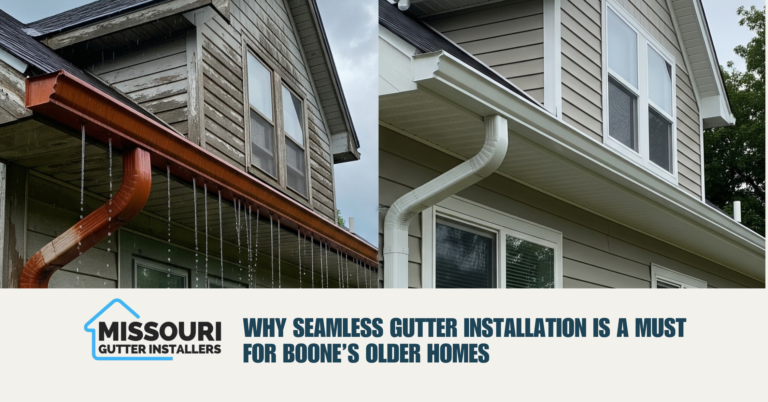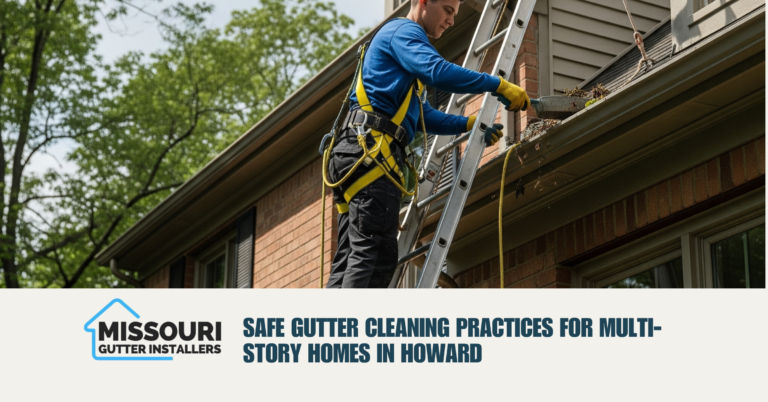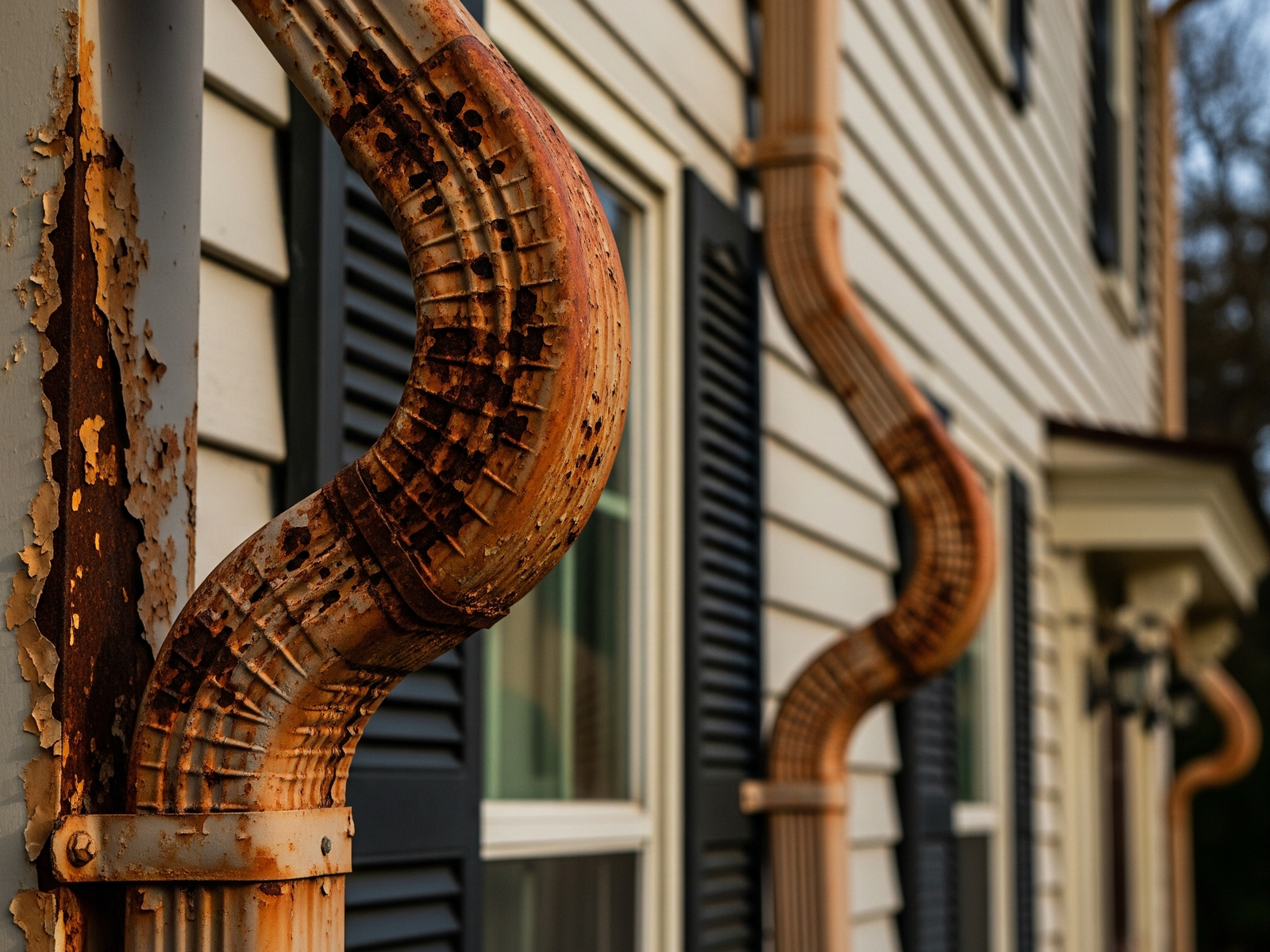
Your home’s downspouts quietly protect your foundation, walls, and landscaping by directing rainwater away. But when they wear out, even a light rainstorm in Howard can lead to serious damage. How do you know it’s time to replace your downspouts instead of just cleaning them? Here are key warning signs every Howard homeowner should watch for, plus why timely replacement protects your investment.
1. Visible Cracks, Splits, or Holes
Small cracks in metal or vinyl downspouts can quickly widen after Howard’s freeze-thaw cycles or heavy summer storms. Even hairline splits let water leak onto siding and foundations, leading to mold, rot, or basement flooding.
Tip: Inspect your downspouts at least twice a year, spring and fall, for cracks or perforations.
2. Rust, Corrosion, or Peeling Paint
If you spot rust streaks, bubbling paint, or corrosion, your downspouts are already breaking down. Moisture trapped under peeling paint or rust patches weakens the metal, eventually creating holes.
Rust damage is usually irreversible; replacing rusted sections is safer than patching.
3. Downspouts Pulling Away from the House
Loose or missing brackets can make downspouts detach. Beyond being unsightly, this directs water where it shouldn’t go, towards your home’s foundation or walkways.
If the downspout is dented, crushed, or structurally weak, replacement is often the best option rather than rehanging.
4. Persistent Leaks at the Seams
Older downspouts often leak where sections join, especially if seals fail or screws loosen. You might see water dripping at seams during rain, or streak marks on walls beneath them.
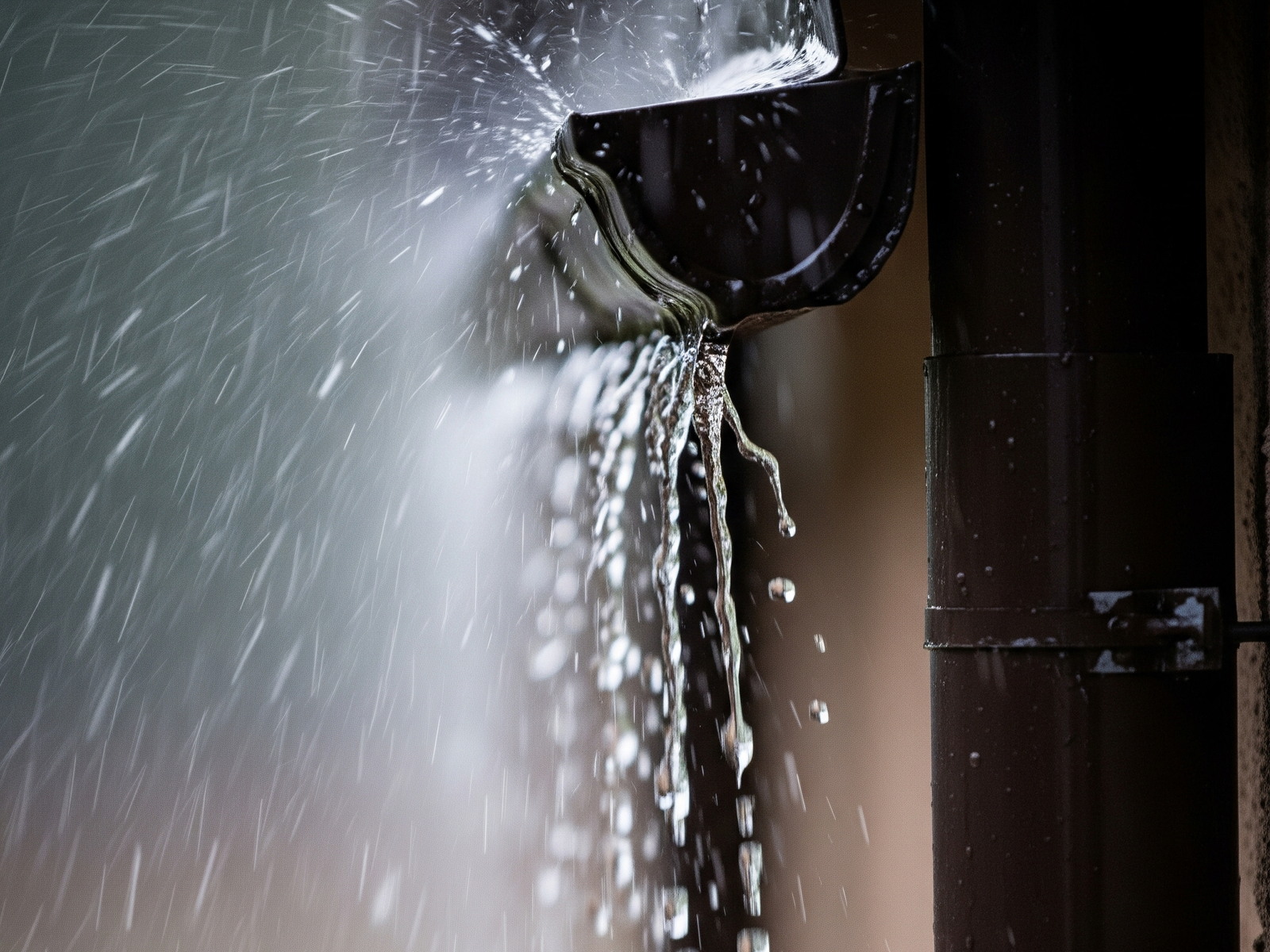
Leaks waste the drainage system’s effectiveness and can lead to soil erosion and water pooling.
5. Poor Water Flow or Frequent Clogs
If you clean your gutters and downspouts regularly but still notice overflow, the downspout may be too narrow, corroded inside, or damaged internally. Howard’s trees shed leaves and twigs that worsen clogs.
Tip: Downspouts with internal corrosion can snag debris, causing repeated blockages.
Replacing narrow or old downspouts with newer, wider designs improves drainage capacity and reduces clogs.
6. Water Pooling Near the Foundation
After a rain, walk around your home’s perimeter. If you notice standing water near the foundation or flower beds, the downspouts may not extend far enough or may be leaking underground.
Modern downspouts and extensions direct water at least 3–6 feet away, keeping your basement dry and preventing costly structural repairs.
7. Mold, Mildew, or Peeling Paint on Siding
Excess moisture from faulty downspouts often shows up as:
Dark streaks or mildew patches on siding
Bubbling or peeling paint
Rotting wood trim near the bottom of the walls
Replacing the downspout helps stop the moisture problem before siding repairs become necessary.
8. Old Age and Outdated Design
Most metal downspouts last 20–30 years (less if poorly maintained), while vinyl ones can fail sooner under harsh weather. If your downspouts are decades old or mismatched, replacement improves both appearance and performance.
Bonus: Modern downspouts come in various colors and styles to match your Howard home’s exterior.
Why Timely Replacement Matters
Replacing damaged downspouts isn’t just cosmetic:
- Prevents basement flooding and soil erosion
- Protects your home’s foundation and siding
- Increases curb appeal and property value
- Reduces costly future repairs from water damage
Choosing the Right Downspouts for Your Home
When replacing, consider:
- Material: Aluminum (rust-resistant), galvanized steel (durable), or copper (luxury look)
- Size: Larger 3×4-inch downspouts handle more water, ideal for Howard’s heavy rainfalls
- Extensions & splash blocks: Guide water safely away from the foundation
- Professional installation: Ensures correct slope, secure mounting, and seamless connections
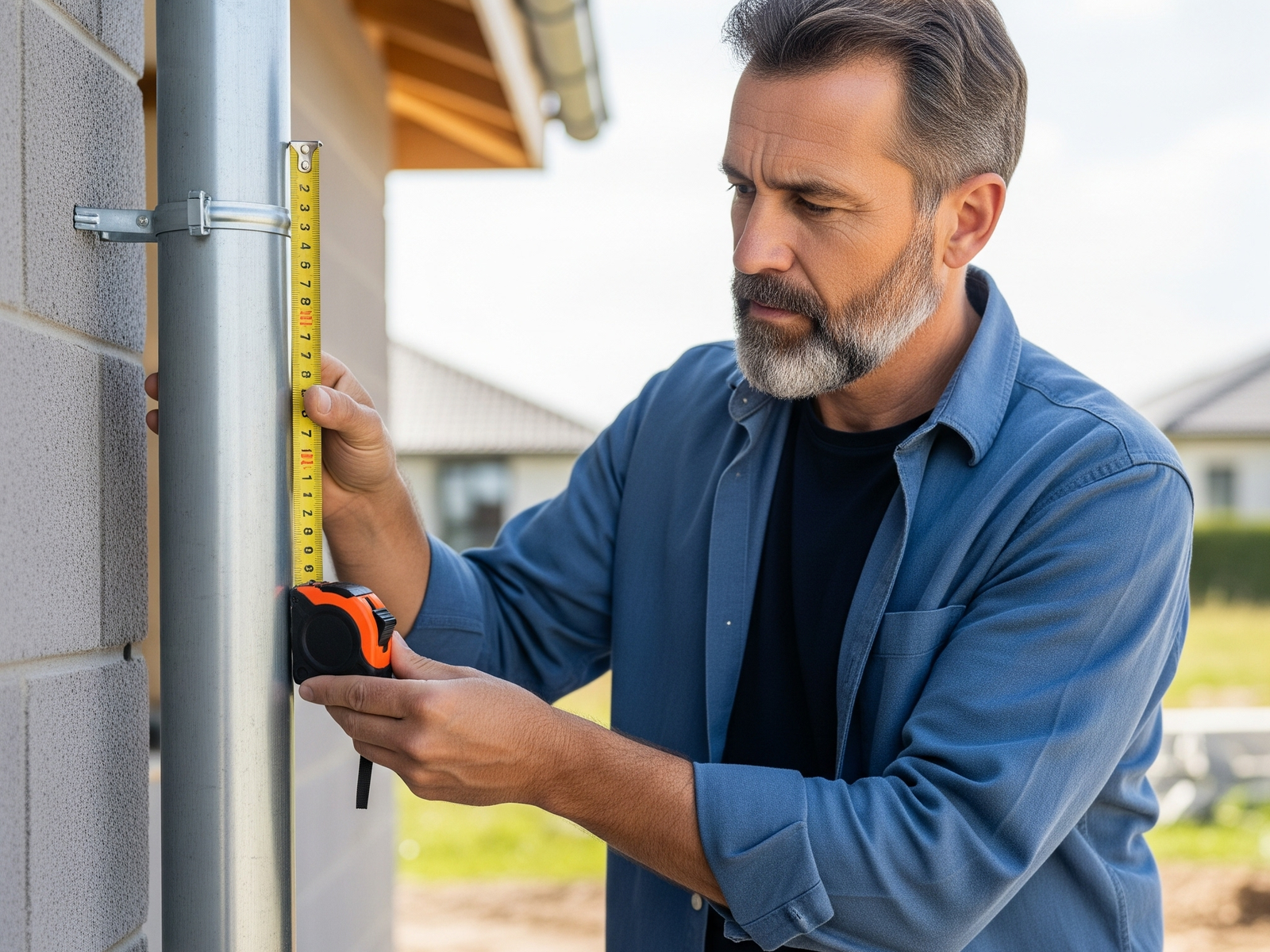
Maintenance Tips After Replacement
- Clean gutters & downspouts twice a year
- Check for damage after big storms
- Make sure extensions remain attached and slope away from the home
- Trim nearby tree branches to reduce debris
Simple care helps new downspouts last longer and perform better.
Conclusion
Your downspouts work silently, but damaged or aging ones put your home at risk. Watch for cracks, rust, leaks, clogs, and water pooling around your foundation; these are all signs your downspouts need replacing. By staying proactive, Howard homeowners can protect their property, improve curb appeal, and avoid costly repairs. Contact us today!


